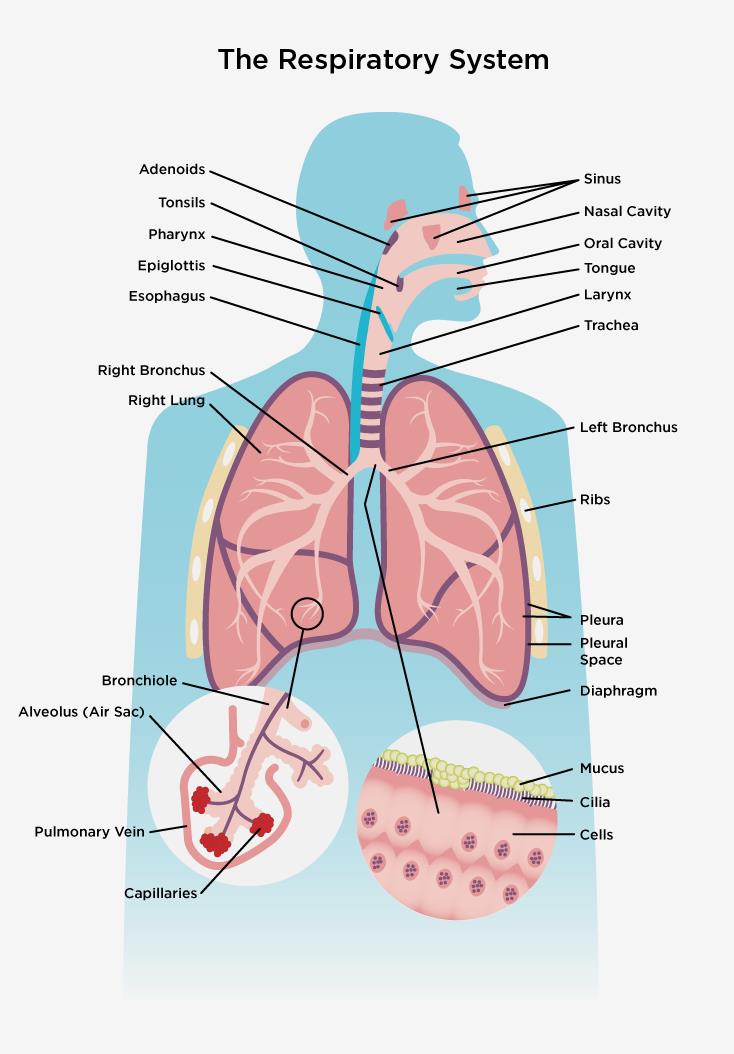
Photo credit: www.lung.ca
Millions of people die each year from long-term exposure to fine particulate matter, classified as PM2.5. Studies have also shown a correlation between influenza-like illness and increased PM2.5. Although it’s well known that microorganisms exist in particulate matter (bioaerosols), the infectivity of viruses when they interact with particulate matter is relatively unknown. At the SOCAAR Seminar on March 7, Dr. Nicolas Groulx, a Postdoctoral Intern in the Department of Microbiology & Division of Infectious Diseases at Sunnybrook Health Sciences Centre and Research Institute and the University of Toronto, spoke about the effects of environmental pollutants on the infectivity of viruses in the air.
In their study, bacteriophages were used as an experimental platform to study aerosol-aerosol interactions between PM2.5 collected from downtown Toronto and artificially generated viral bioaerosol. Bacteriophages are viruses that infect bacteria specifically, and not dangerous to human health. they were used to mimic human infectious viruses. The infectivity of viruses suspended in PM2.5 was compared to viruses suspended in HEPA-filtered air, by measuring the virus decay. They found that the infectivity of airborne viruses is influenced by exposure to PM2.5 and different viruses show different effects. Also, the effect of PM2.5 on viruses is more significant at the beginning of interaction compared to 30 minutes later.
To better understand the nature of interactions between bioaerosols and PM2.5 particles, Groulx plans to look at the pathogen infectivity in animal models under various conditions. His next step is to focus on seasonality, relative humidity and specific pollutants such as ozone, nitrogen oxide, carbon monoxide, and sulphur dioxide.
